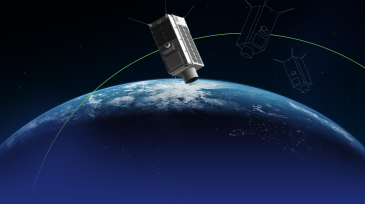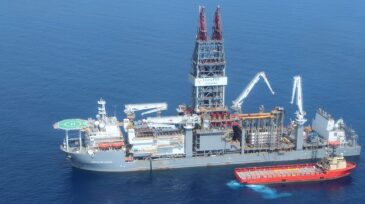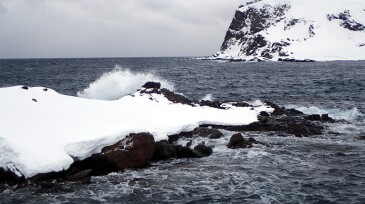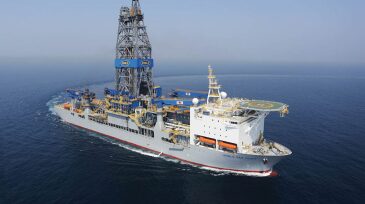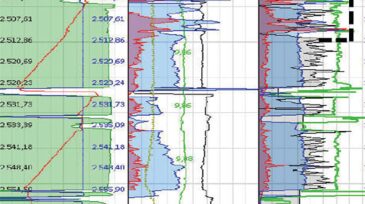offshore
-
The year-long research project is aimed at proving the feasibility of reliable, space-based emissions monitoring.
-
Udenna Group buys up oil major's 45% stake in license.
-
The Offshore Technology Conference announces the 2021 recipients of the Spotlight on New Technology Award. Fourteen technologies from around the world will be awarded, including five companies that will be recognized by the Spotlight on Small Business Award.
-
Transocean has delayed the delivery of the first two drillships capable of drilling and completing wells requiting 20,000-psi pressure control and told investors they are arriving at a time when the demand for ultrahigh performance is coming back.
-
Total number of applicants down for latest Barents Sea frontier licensing round.
-
The no-debt transaction will result in a combined company with 24 offshore drilling units.
-
More than 30 oil and gas companies took part in the licensing round, which focused on mature areas that can be developed using existing infrastructure.
-
Six international and Egyptian companies will search for oil and gas in the Mediterranean and Red Sea with the drilling of 17 new exploration wells.
-
Jumbo Maritime's heavy-lift crane vessel Fairplayer completed the work.
-
This paper describes a low-impact, nonaqueous drilling fluid (LIDF) designed to minimize equivalent circulating density (ECD) increases and associated risks in deep water by reducing the effect of cold temperature on fluid viscosity.

